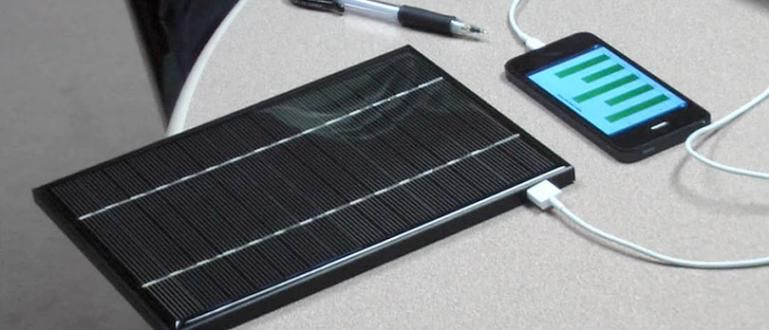One of the popular WiFi specifications, namely 802.11 A B G N and AC. Jaka is sure you must have heard of it, if you want to buy a WiFi-enabled device. Know the difference? Let's see, this is the difference between 802.11 A B G N and AC!
One of the most popular ways to transfer data between devices today is via WiFi. The main reason is clear, because sending data via WiFi is very practical. Much different from using a cable that is classified as complicated.
One of the popular WiFi specifications, namely 802.11 A B G N and AC. Jaka is sure you must have heard of it, if you want to buy a WiFi-enabled device. Know the difference? Let's see, this is the difference between 802.11 A B G N and AC!
- This is the difference between 2.4Ghz and 5.8Ghz WiFi Which is Faster?
- Don't Do These 5 Dangerous Things When Using Free WiFi
- Slow Internet? Check the Difference Mbps with MBps!
This is the Difference between 802.11 A, B, G, N and AC
 Photo source: Image: PCMag
Photo source: Image: PCMag Reported via SemiConductorStore. All WiFi technologies around the world, set to standards IEEE 802.11. Although regulated by the same regulations, apparently the IEEE 802.11 standard is still being broken down again. Here's the explanation.
1. 802.11a
It is one of the first two Wifi 802.11 standards that were born. But unfortunately less popular with 802.11b. Many people think that 802.11a is an extension of 802.11b, but they were created together. The difference is that 802.11b is more used for homes, while 802.11a is more popular enterprise.
Conclusion
- Pros: It has high speed and the frequency used is more resistant to interference than other devices.
- Disadvantages: The signal distance cannot be too far and is easily blocked by solid objects such as walls.
- Maximum speed: 54Mbps
2. 802.11b
Connecting Jaka's explanation regarding 802.11a. Which made 802.11b popular at home, because back then devices with 802.11b technology were much cheaper than 802.11a. Plus the speed of 11Mbps at that time was still quite enough for at home, no need to go up to 54Mbps.
Conclusion
- Pros: The signal distance can be quite long and can more easily penetrate solid objects such as walls.
- Cons: Very slow speed and very easy to interfere with other devices.
- Maximum speed: 11Mbps
3. 802.11g
It is a combination of the 802.11a and 802.11b WiFi standards. As the name implies combined, it is clear that 802.11g is the third WiFi standard that was created. At the time, you could say it had almost no flaws. All the best of 802.11a and 802.11b is in this technology.
Conclusion
- Pros: Has a high speed, resistant to interference and easier to penetrate solid objects.
- Disadvantages: Basically none.
- Maximum speed: 54Mbps
5. 802.11n
Is a further development of 802.11g, even this standard is still very popular today. Interestingly, it already supports dual signal or antenna technology called MIMO. Allows to have very high speed up to 450Mbps.
Conclusion
- Pros: Faster and has better interference resistance than 802.11. Supports dual signal or antenna technology (MIMO).
- Disadvantages: Basically none.
- Maximum speed: 450Mbps
6. 802.11ac
Is the fastest WiFi standard today, but unfortunately the price of this technology is still quite expensive. The price is expensive, making people still rarely use it. In addition, this technology is found to be much less susceptible to interference than 802.11n.
Conclusion
- Pros: Faster than 802.11n.
- Cons: More prone to interference, especially at 2.4Ghz.
- Maximum speed: 1300Mbps
 VIEW ARTICLE
VIEW ARTICLE Jaka personally still uses 802.11n. In the past, I used 802.11ac, but due to interference, the speed was the same as 802.11n. Indeed, 802.11ac requires a clean frequency. How about you, are you still using 802.11n or have you gone to 802.11ac?
Also make sure you read the related articles WiFi or other interesting posts from Andalas son.
Banners: EnGadget









